Island of Miyajima
last update: May 09, 2022
Miyajima Island (宮島), officially called Itsukushima (厳島) is a small island in Hiroshima Bay, about 20 km from the city. It is one of the most visited places in Japan by tourists, attracted by the sublime mix of history and nature that characterizes this magical place. In 1649 the philosopher Hayashi Gahō compiled a list of the three most beautiful sights in the country, and included the island of Miyajima with its Itsukushima Temple.
Things to do and things to see in Miyajima
The legendary view of Miyajima Island is characterized by a gigantic red Shinto sacred gate which, at high tide, appears to float on the sea. The gate belongs to the wonderful
Itsukushima Temple, also built in the shallows of the island and a UNESCO World Heritage Site since 1996. The boats dock at a pier in the northern part of the island, not far from the famous temple. Other attractions, as well as ryokans, hotels, shopping streets and the cable car to
Mount Misen, are all close to this pier. The rest of the island, enormously larger than the small town, is not built and is covered with dense wild vegetation. The coasts hide several sandy beaches that on the right days almost seem like tropical paradises, however they are difficult to access and mostly deserted.
Itsukushima Shrine
(admission 300¥, opening hours 6:30-18, in the winter months it closes at 17 or 17:30)
This shrine is the most visited and photographed place on the island, as well as one of the most famous Shinto shrines in the world, thanks to the view of the great sacred gate torii which at high tide seems to be suspended over the water. It is located in a natural inlet about a 10-minute walk from the ferry dock, after having crossed a small street full of shops and restaurants. The earliest evidence of a shrine in this place dates back to 593, however the current one was founded in 1168. The main prayer hall was rebuilt in 1571, while a stage was added for the Noh theater in 1590. The famous red torii would have been in its place since the foundation of 1168, but the current structure dates back only to 1875. Not only the torii gate, but all the buildings of the sanctuary are built on the water, supported by pillars anchored to the seabed and connected by wooden walkways. The experience of visiting this shrine changes according to the time of day and the level of the tides. When the tide is low, the shrine and its gate appear anchored in the sand, and it is even possible to walk until you reach the torii. Conversely, when the tide is high, the sanctuary appears to float on the water and this is one of the most fascinating and sought after views by visitors. In order to better plan your visit, you can check the times of the high and low tide peaks, updated daily, on this site. After sunset, the sanctuary closes to visitors but is illuminated until 11 pm, along with the torii. For the lucky ones who decide to spend a night in one of the island's ryokans, a night walk in this area will leave you with indelible emotions.
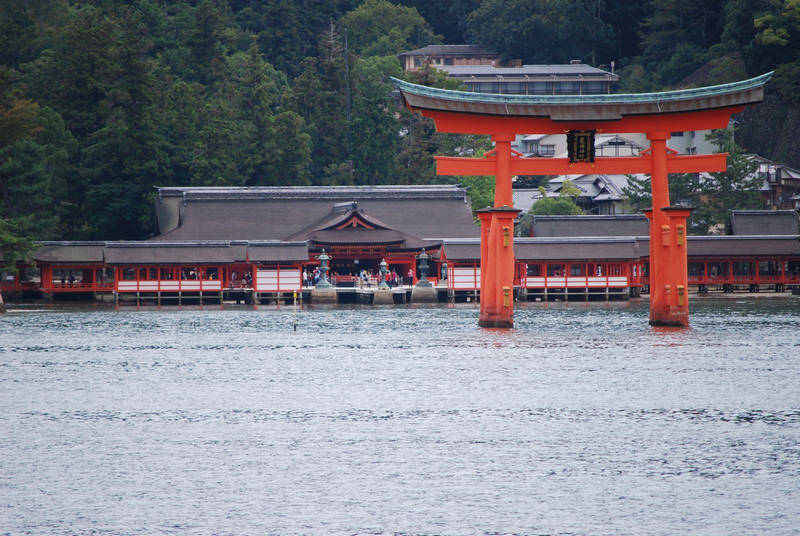
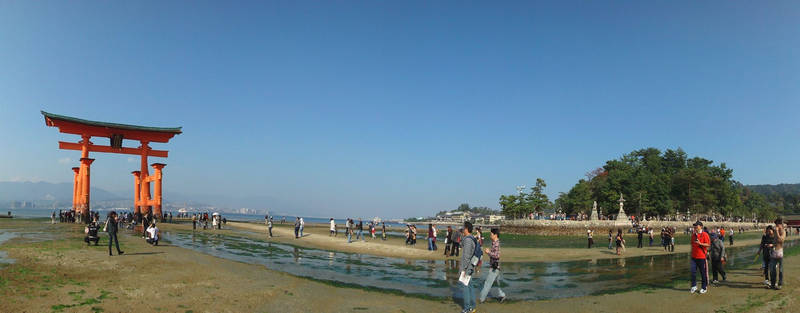
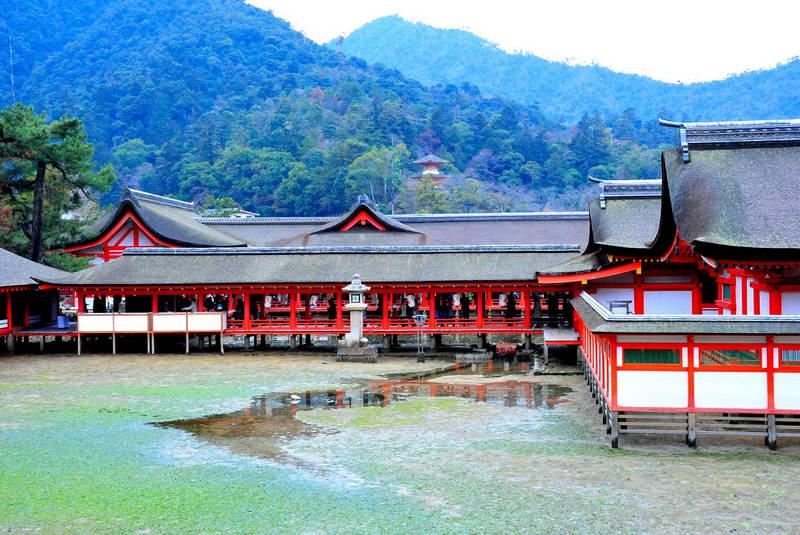
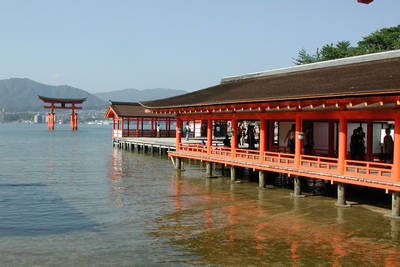
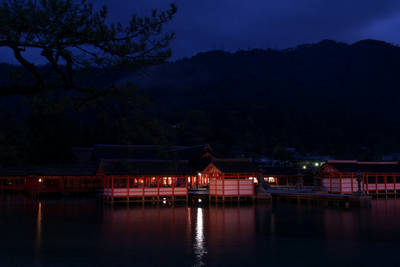
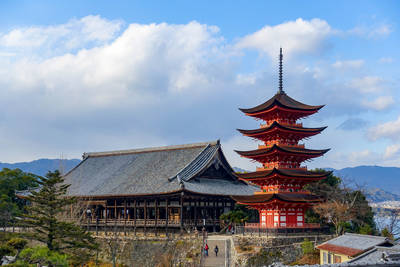
Hokoku Shrine (Senjokaku)
(admission 100¥, opening hours 8:30-16:30)
The Hokoku Shrine features a huge building with a five-story pagoda next to it near Itsukushima Shrine. The nickname Senjokaku derives from the meaning of this expression, which in Japanese means "pavilion of a thousand tatami". The building next to the pagoda is in fact so large that it can be virtually covered with a thousand tatami mats. While the pagoda dates back to 1407, the large temple building dates from 1587 and was commissioned by Toyotomi Hideyoshi, one of the three fathers of the unification of Japan. However, after his death the works were interrupted and never completed again. For this reason this temple, which also has its own religious function since in 1872 it was dedicated to the soul of its founder Toyotomi Hideyoshi, is today a curious and unusual place, without a front entrance and essentially empty inside. A short visit is definitely recommended.
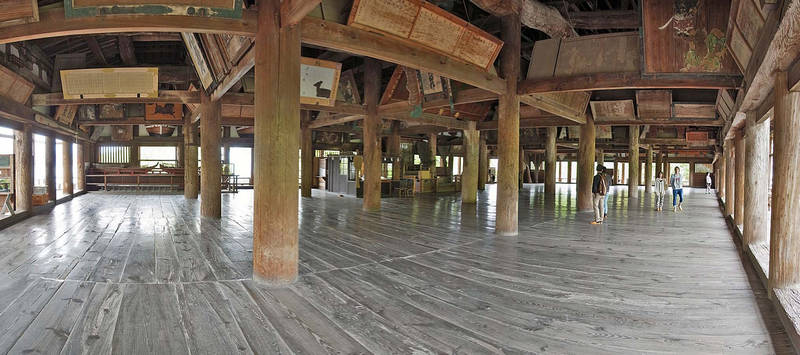 inside Senjokaku
inside Senjokaku
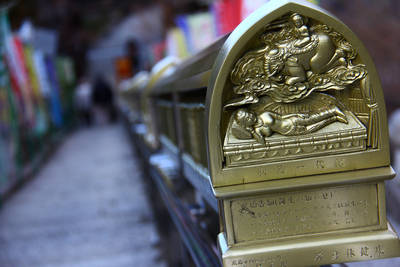
Daisho-in Temple
(free admission, opening hours 8-17)
The Daisho-in temple is located a few meters from Itsukushima Shrine, and is one of the most important temples of the Shingon Buddhist sect. It is located at the base of Mount Misen, and from here starts one of the hiking trails that leads to the summit of the mountain. Along the way you will come across several small religious buildings belonging to this temple in a very fascinating context. This temple is often overlooked by visitors to the island, but is well worth a visit. Among the curiosities related to the temple, many faithful, when climbing the steps of the temple, are used to spin metal wheels positioned along the path and on which sutras (Buddhist scriptures) are engraved, believing that it is a good omen. Also inside this temple is Henjokutsu, a cave filled with Buddhist icons representing the 88 temples of the Shikoku pilgrimage.
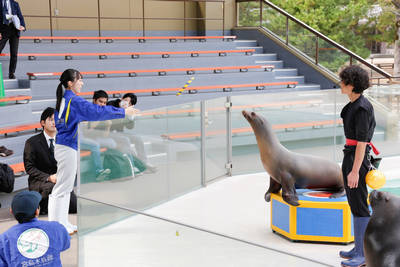
Miyajima Aquarium
(admission 1420¥, opening hours 9-17)
An aquarium completely renovated in 2011, located in the western part of the small town of the island. The aquarium is home to a large number of marine specimens from both the Seto Inland Sea where the island is located, and from other parts of the world. Inside you can also see sea lion and penguin shows, and you can see an example of oyster farming, a very popular business in the region. In any case, if like many tourists you will visit Miyajima only for one or half day, perhaps it is not the case to spend precious hours in this aquarium.
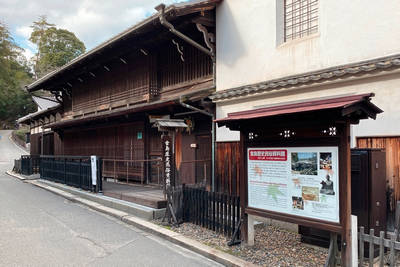
Museum of History and Folklore
(admission 300¥, opening hours 9-17, closed on Mondays and Dec 26-31)
This museum displays a small and fascinating collection of works of art, artifacts from the island's shrine and common tools used by the inhabitants in their daily life, to illustrate the history of Miyajima to visitors. The building that houses the museum is also of considerable interest and with a history of over 160 years behind it. It was originally the residence of a wealthy family of soy sauce merchants and a traditional garden hides behind it.
Mount Misen
Mount Misen is the highest peak on the island, 500 meters above sea level. You can reach the top by following one of the three marked trails, all quite long (it takes about 90-120 minutes), or by taking the cable car (Miyajima Ropeway, 1010¥ one way, 1840¥ round trip , 9-17). However, the latter will not take you right to the top but 400 meters high, and with an additional kilometer to cover on foot. From the top of Mount Misen you can enjoy a spectacular view of the sea and, on clear days, of the city of Hiroshima. At the highest point of the mountain you will find an observation platform, but, for the lazy, there is also a lower vantage point ( Shishiwa Observatory ) next to the arrival station of the cable car. Along the paths it often happens to meet the deer that populate the island, and very rarely even some wild monkeys. Mount Misen, as well as the whole island, has been over the centuries a place of religious meditation for many monks, including Kobo Daishi himself, founder of the Shingon sect and one of the best known religious figures in Japan. Along the paths to climb to the top, and in particular in the final stretches, there are numerous Buddhist religious buildings, formally belonging to the Daisho-in temple.
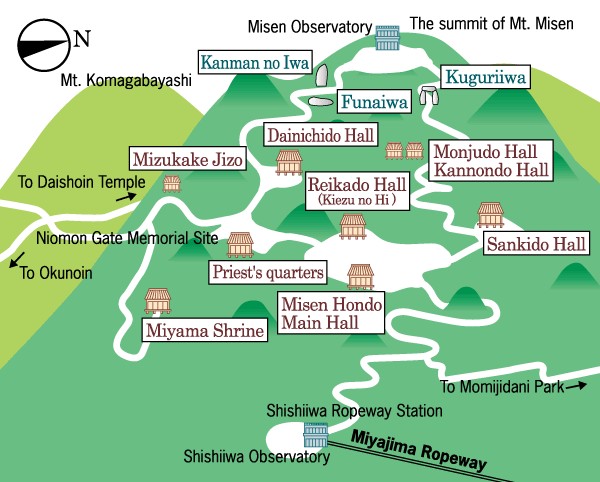
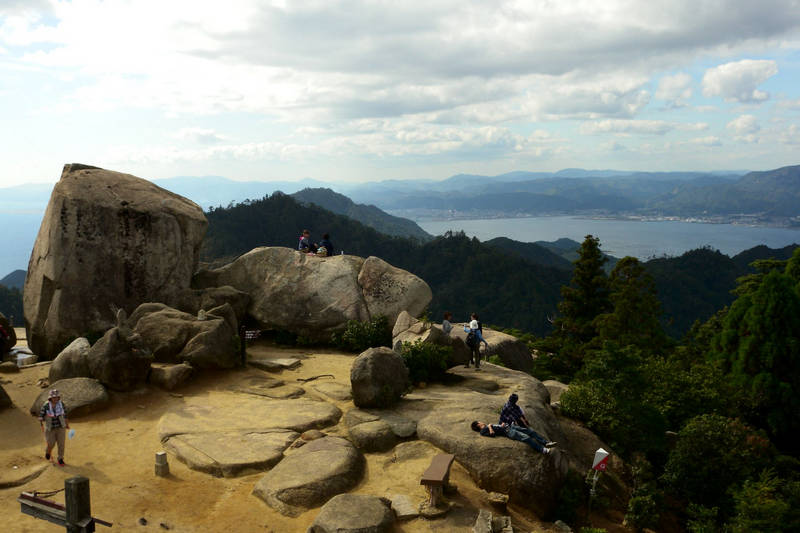
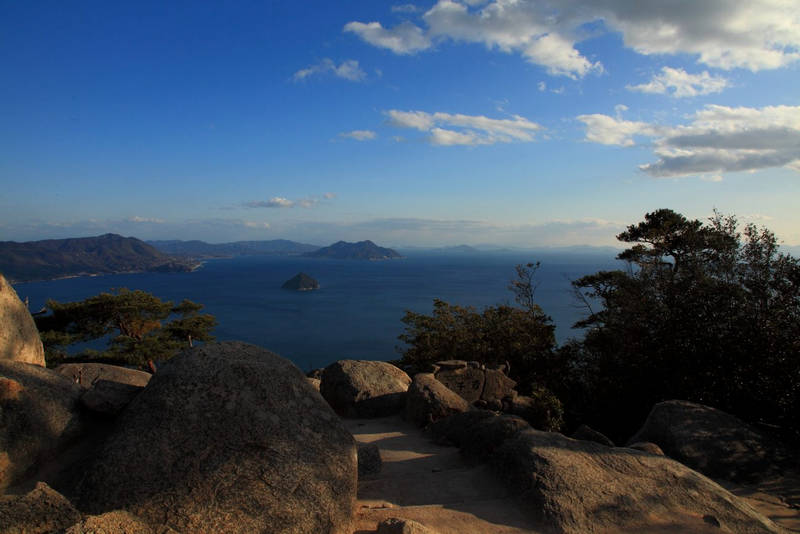
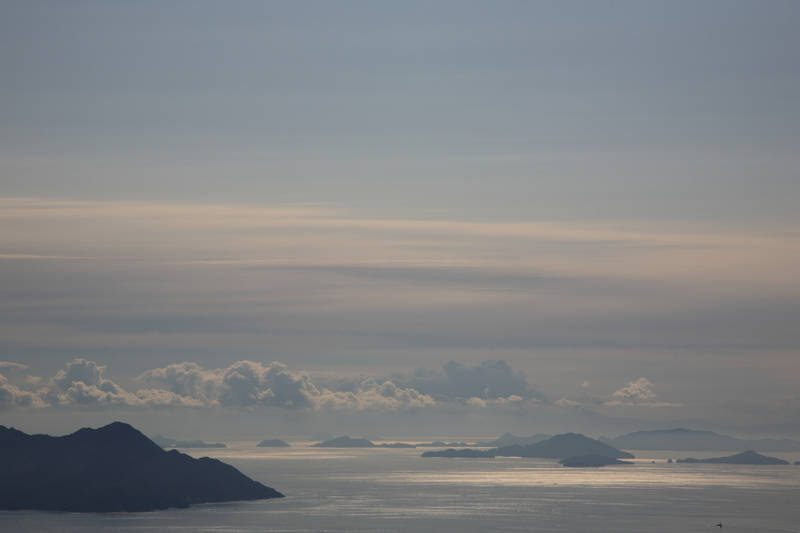 vista panoramica dalla vetta del Monte Misen
vista panoramica dalla vetta del Monte Misen
Deer and monkeys
Miyajima is home to more than a thousand Japanese deer (Sika breed). According to tradition, Miyajima deer are sacred animals as messengers of the gods, and until 1637 the killing of a deer was punishable by death. Animals are used to human presence and you can easily pet or feed them, but be careful because they are also skilled food thieves. You can meet them both along the paths to climb Mount Misen and near the coast. Until a few years ago Miyajima was also inhabited by a large number of Japanese macaques. However, as the macaque population had grown dramatically, creating various problems, a few years ago the local government decided to take them away from the island. This does not mean that the cute Japanese monkeys have completely disappeared from Miyajima. It can happen to meet some, especially in the highest part of Mount Misen, but it is rare. If it happens, you are very lucky.
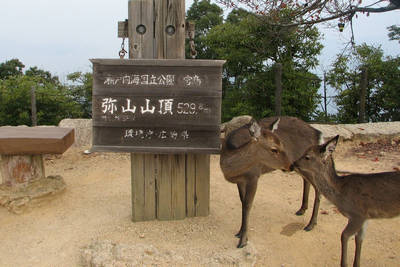
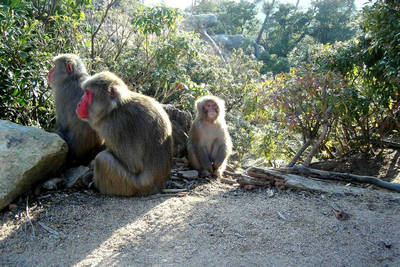 wild deer and monkeys encountered on the island of Miyajima
wild deer and monkeys encountered on the island of Miyajima
Nature trails
Miyajima is an ideal place for hiking enthusiasts, offering several natural wonders such as particular geological formations, dense forests, pristine sandy beaches, views of the sea and offshore islands, all intertwined with the sacredness of the island, and with the religious symbols that are found scattered throughout the island. As you can see in the map below, the island offers numerous hiking trails and of different types, to satisfy everyone's preferences.
If you simply want to walk without too much effort you can find paths in the forest a short distance from the town, which will take you to
Momijidani, a maple forest that is tinged with wonderful colors in autumn. If you like climbing mountains, you will have three paths that will take you to the top of Mount Misen, each of which with a specific characterization. The so-called
Daisho-in Course, which begins right near the temple of the same name, is the least steep, also thanks to the many stone steps, and offers various panoramic views along the way. The
Momijidani Course is the shortest of the three but also the steepest, and passes through a dense forest, as is the
Omoto Course which is the longest of the three . Finally, following the path along the south-east coast of the island, you can explore a part of Miyajima unknown to most, made up of tropical-looking beaches.
Beaches
One strange thing about this island is that opportunities to swim or just relax on the beach seem to be the last thing on anyone's mind. Although the island is practically surrounded by beaches on all sides, you will hardly find someone there, even in the middle of summer. If you tell a Japanese that Miyajima is full of beaches he will look at you with an incredulous face, and a good majority of the sites and tourist guides don't even mention it. If this island were located in the Mediterranean or the Caribbean, it would probably be invaded by trainloads of tourists every summer, but the Japanese culture (not very accustomed to seaside tourism) and the sacredness of the place have avoided, at least until today, any exploitation in this sense. Speaking concretely of the Miyajima sea, you can find various beaches already around the village, although in this area the water is more marshy. Walking east, you arrive first at the small
Suginoura Beach (here the water is a little better but not too much), and then at the large
Tsutsumigaura Beach. The latter is located behind a large camping area (Tsutsumigaura Nature Park) and is the only beach in Miyajima where you could actually meet someone swimming or having fun on the beach, as well as being populated by many deer. The water here is very shallow, especially during low tide.
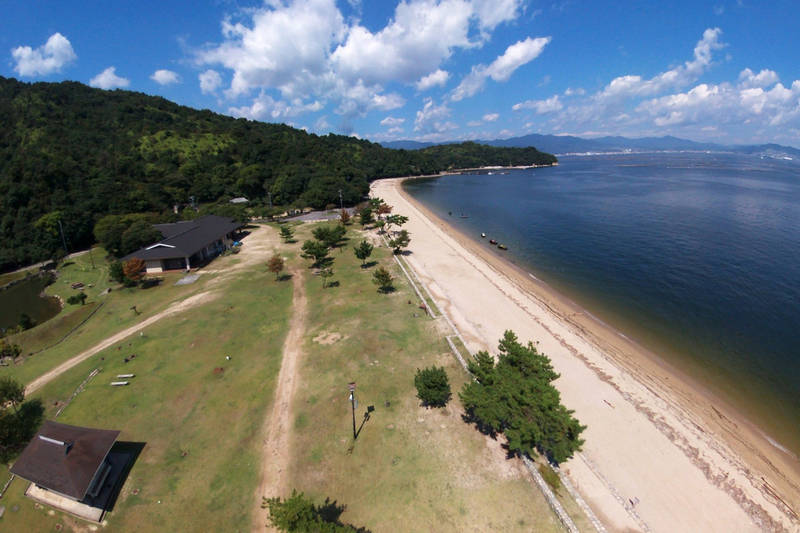 Tsutsumigaura Beach
Tsutsumigaura Beach
If, on the other hand, you want to do something truly adventurous, you can walk along the endless and deserted south-east coast. Hardly anyone imagines that the wild and almost inaccessible south-eastern coast of the island has views that would be the envy of many tropical islands, with the addition of small Shinto shrines built in the middle of the different beaches that follow one another along the coast, bay after bay. A small paved road runs almost three quarters of the coast up to the
Aonoriura Shrine, allowing you to cycle till here if you want, while the remaining quarter of the coast is essentially inaccessible except by sea by private boat. In order of proximity to the last bastion of human colonization on this island, namely the Tsutsumigaura Nature Park campsite, you will find the beaches of
Takanosuura (4 km),
Koshibosoura (5 km),
Kashikiura (7 km) and
Aonoriura (10 km). These are only the largest, but along the way you can see at least another ten small sandy coves. Takanosuura, Koshibosoura and Aonoriura also host three small Shinto shrines. As already mentioned, continuing beyond Aonoriura without a private boat is on the verge of impossible, but just for knowledge there are other coves and other small shrines even further (Yamashirahama, Yabusakiura, Suyaura and Mitokoura).
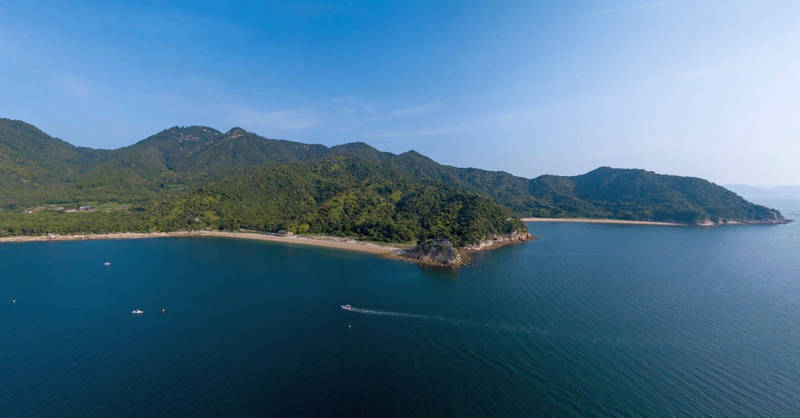 the unspoiled southeast coast of Miyajima
the unspoiled southeast coast of Miyajima
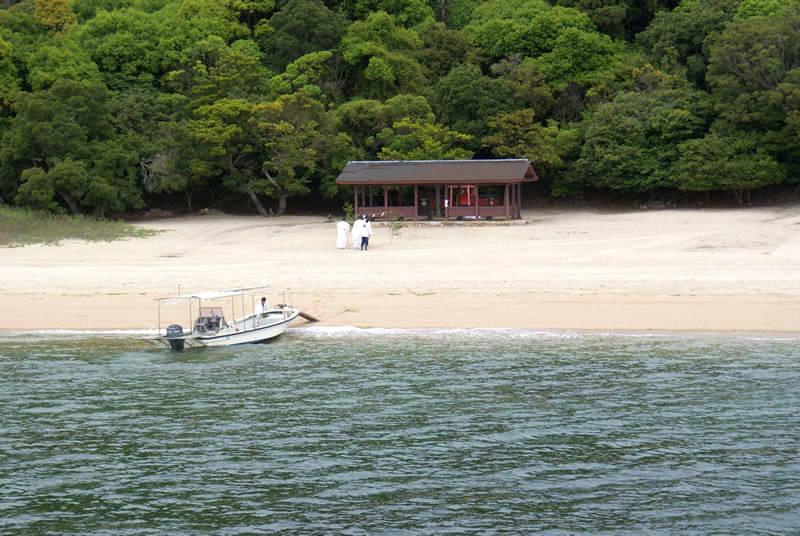 Aonoriura beach and shrine (credits)
Aonoriura beach and shrine (credits)
Where to stay in Miyajima
Most visitors leave before sunset, giving the opportunity to those few who decide to stay overnight in Miyajima to enjoy an evening in complete serenity and silence on the island. Spending a night in Miyajima is highly recommended, either because the island has so much to offer, so it is worth visiting it calmly, or because there are several traditional ryokans on the island that add a touch of further magic to the visit of this sacred island. Alternatively, on the other side of the sea, on the mainland facing Miyajima, you will find some luxurious panoramic hotels with excellent value for money.
Low cost accommodations
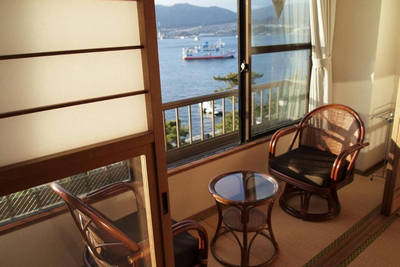 Price range: single rooms 5,000-6,000¥, double rooms 10,000-12,000¥.
Price range: single rooms 5,000-6,000¥, double rooms 10,000-12,000¥.
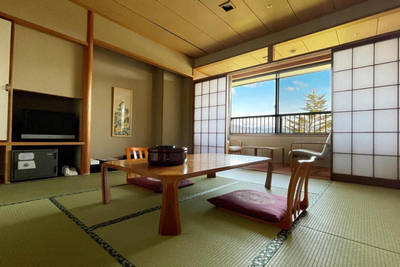 Price range: single rooms 7,000-10,000¥, double rooms 10,000-20,000¥.
Price range: single rooms 7,000-10,000¥, double rooms 10,000-20,000¥.
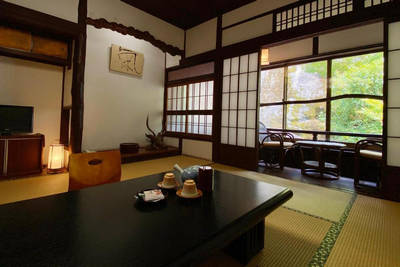 Price range: single rooms 7,000-8,000¥, double rooms 13,000-16,000¥.
Price range: single rooms 7,000-8,000¥, double rooms 13,000-16,000¥.
High-end ryokans
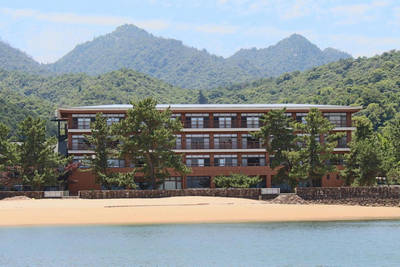 Price range: single rooms 20,000-30,000¥.
Price range: single rooms 20,000-30,000¥.
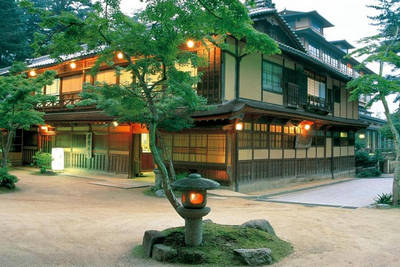 Price range: double rooms 25,000-35,000¥.
Price range: double rooms 25,000-35,000¥.
Facing the island of Miyajima
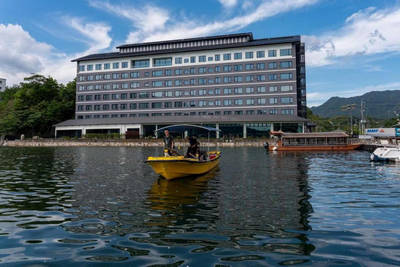 Fascia di prezzo: single rooms 88,000-10,000¥, double rooms 12,000-16,000¥.
Fascia di prezzo: single rooms 88,000-10,000¥, double rooms 12,000-16,000¥.
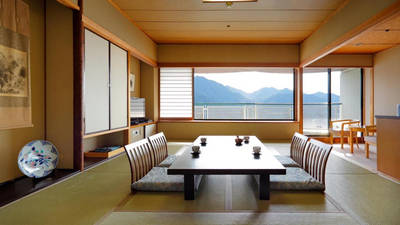 Fascia di prezzo: single rooms 9,000-14,000¥, double rooms 14,000-20,000¥.
Fascia di prezzo: single rooms 9,000-14,000¥, double rooms 14,000-20,000¥.
Eating in Miyajima, cafes and restaurants
There are many small restaurants and food stalls in the shopping streets near the shrine. There are no real local dishes from the island, but all the delicacies of Hiroshima's fantastic cuisine, such as Hiroshima-style okonomiyaki, can be found in its narrow streets. The most common ingredient in Miyajima are seafood and especially oysters. Perhaps the only real specialty of Miyajima is
anago-meshi, a bowl of rice with grilled anago (a fish similar to what in English is called conger) on top. The most famous restaurant for anago-meshi is
Anagomeshi Ueno, which however is not located on the island but on the mainland, next to the ferry pier. On the island you could try
Anagomeshi Fujitaya.
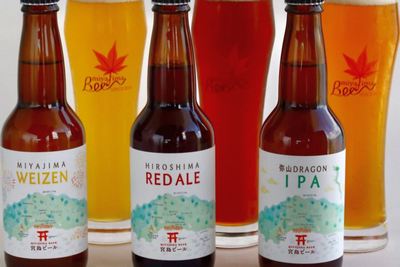
Miyajima beer
A craft beer that uses local springs is produced on the island. The name of the beer is, quite simply,
Miyajima Beer, and you can find it for sale in different parts of the island. The brewery produces different types of beer, but one in particular you will not find anywhere else in the world. We are talking about the
black oysterstout beer, the preparation of which includes the use of Miyajima oyster shells and smoky flavor. The company has also opened its own brewery in the main street of the town, even here the name leaves little room for imagination (
Miyajima Brewery), and you can both try the different Miyajima beers and eat different dishes typical of the region.
How to get to Miyajima
Miyajima is an island and there are no bridges connecting it to the mainland, so it must be reached by boat. The main points from which to set sail for Mijayima are the pier of
Miyajimaguchi (宮島口) , the
Peace Park and the
port of Hiroshima.
The main option: ferry from Miyajimaguchi
Miyajimaguchi Pier is one of the closest points to the island on the mainland, separated by an arm of the sea less than 2 km wide. This place is located about 20 km south of Hiroshima city center, and you can easily reach it by train, via the
JR Sanyo Line from
Hiroshima station to
Miyajimaguchi Station (420¥, 25 minutes). In addition, Miyajimaguchi is also the terminus of line 2 of the Hiroshima city tram, which departs from Hiroshima station and crosses several central areas of the city (270¥ ;, 70 minutes). This second option is very slow and not recommended if you start from Hiroshima station, but it can become convenient if you are in an area of Hiroshima far from the main station.
Once at the Miyajimaguchi train or tram station, the pier is just a few meters away. There are two competing ferry companies operating from this port to Miyajima,
JR and
Matsudai. The two services are practically identical, with frequencies every 15 minutes, a navigation time of 10 minutes and a price of 180¥ each way. However, JR ferries, unlike Matsudai, are free if you have a Japan Rail Pass. If you don't have the Japan Rail Pass, one is as good as the other, so simply choose the one that is going to leave first (considering both companies, there are 7/8 departures every hour).
Other options: from Peace Park and Hiroshima Port
Two different companies offer direct connections to Miyajima from Hiroshima city.
Aqua Net offers a tourist link between Peace Park and Miyajima Island, first nagivating along the Honkawa or Motoyasu rivers, and then on Hiroshima Bay. The part of the route along the river is specially made at reduced speed to allow passengers to enjoy the panorama of the city. The journey takes 45 minutes and costs 2200¥ (4000¥ round trip). Finally,
Setonaikai Kisen offers a connection by super-fast boats between the port of Hiroshima and the island of Miyajima. The journey takes 32 minutes and costs 1900¥ (3400¥ round trip).
Map of Miyajima
Guided tours, activities and other things to do
If you are planning a trip to Japan and you want to do something more than just visiting famous places and monuments, we suggest you to use
Rakuten Travel Experiences.
How to use Rakuten Travel Experiences
Rakuten Travel is a very useful website to
enrich your travel experience, especially if you are going solo or it's your first time in Japan.
Because of the language barrier (and more), in Japan it is very difficult to interact with the locals and to get off the tourist track.
Thanks to Rakuten Travel you can find a lot of interesting and sometimes unique
guided tours and activities all over Japan (and not only in Japan), that you would otherwise never be able to enjoy.
But there's more: on Rakuten Travel you can also
buy tickets for several famous attractions, events, transportation and other useful services for tourists. Last but not least, you can
reserve a table in hundreds of restaurants.
Some examples
Take a look at Rakuten Travel Experiences
You may also be interested in




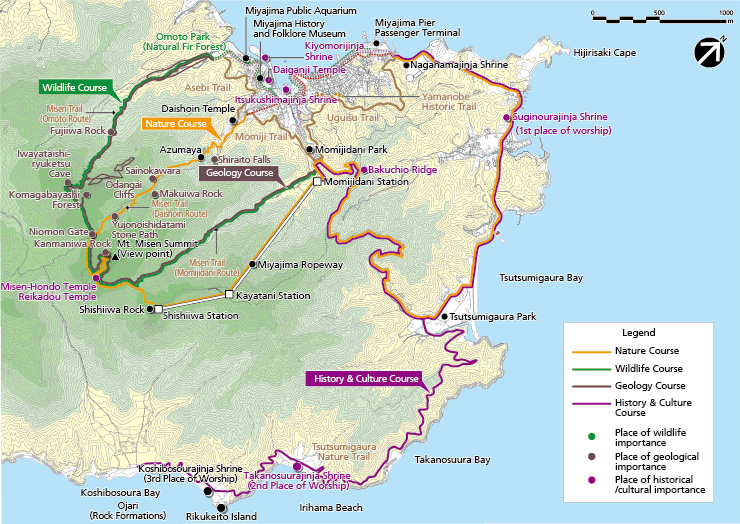 (credits)
(credits)
 Aonoriura beach and shrine (credits)
Aonoriura beach and shrine (credits)
 Fascia di prezzo: single rooms 88,000-10,000¥, double rooms 12,000-16,000¥.
Fascia di prezzo: single rooms 88,000-10,000¥, double rooms 12,000-16,000¥.
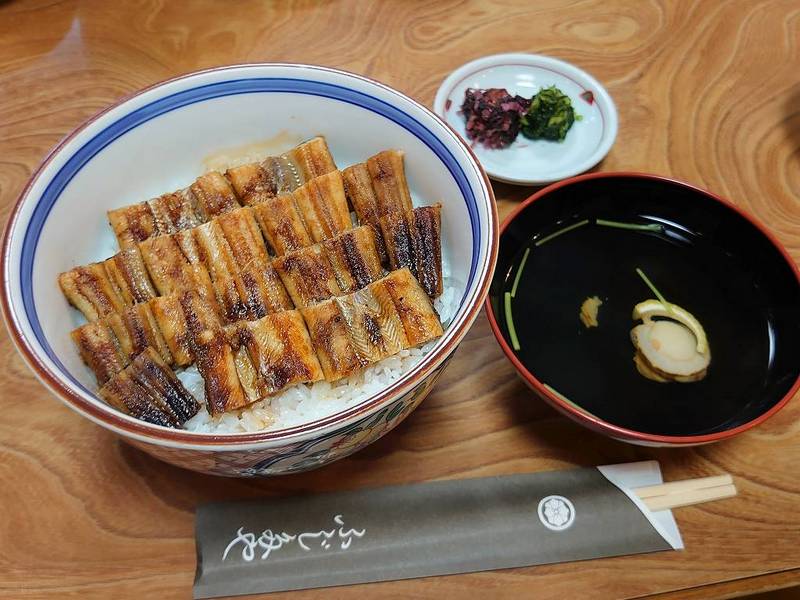 Fujitaya's anago-meshi (credits)
Fujitaya's anago-meshi (credits)
